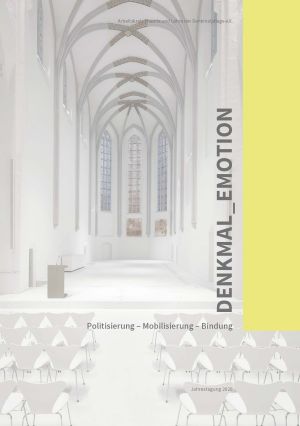Zitationsvorschlag
Veröffentlicht
Muted Emotions and Architectural Conservation in Contemporary Croatia
Marked by vandalism and altruism, architectural conservation in the past two centuries has become a field of interest for different social groups. Emotional responses to uncomfortable or existentially important structures testify to an energy that accompanies their reception by their heirs. The fruits of this energy, in the form of destructive or productive interventions performed on heritage, spread across Europe starting in the Romantic period. Croatia was no exception to this. Collective emotions were instrumentalized in the Historicist age through the introduction of stylistic restoration as a tool for imagining national community. After 1900, Croatian conservators adopted a cautious and tolerant concept of Denkmalpflege, modeled on that of Austria and Germany with its growing social relevance. Political discontinuities and the destructive effects of successive wars in the 20th century saw the contestation of this democratizing and substance-based approach, which led to various uses of heritage in Croatia after 1918, 1945 and 1990. This paper discusses the role of the history of emotions in the reception of architectural heritage in Croatia from an ethical point of view. Considering the place of collective and politically driven emotions that affected the material nature of architectural heritage in the first decade of Croatia’s independence, it focuses on the phenomena of perception and treatment of this heritage over the past twenty years.








